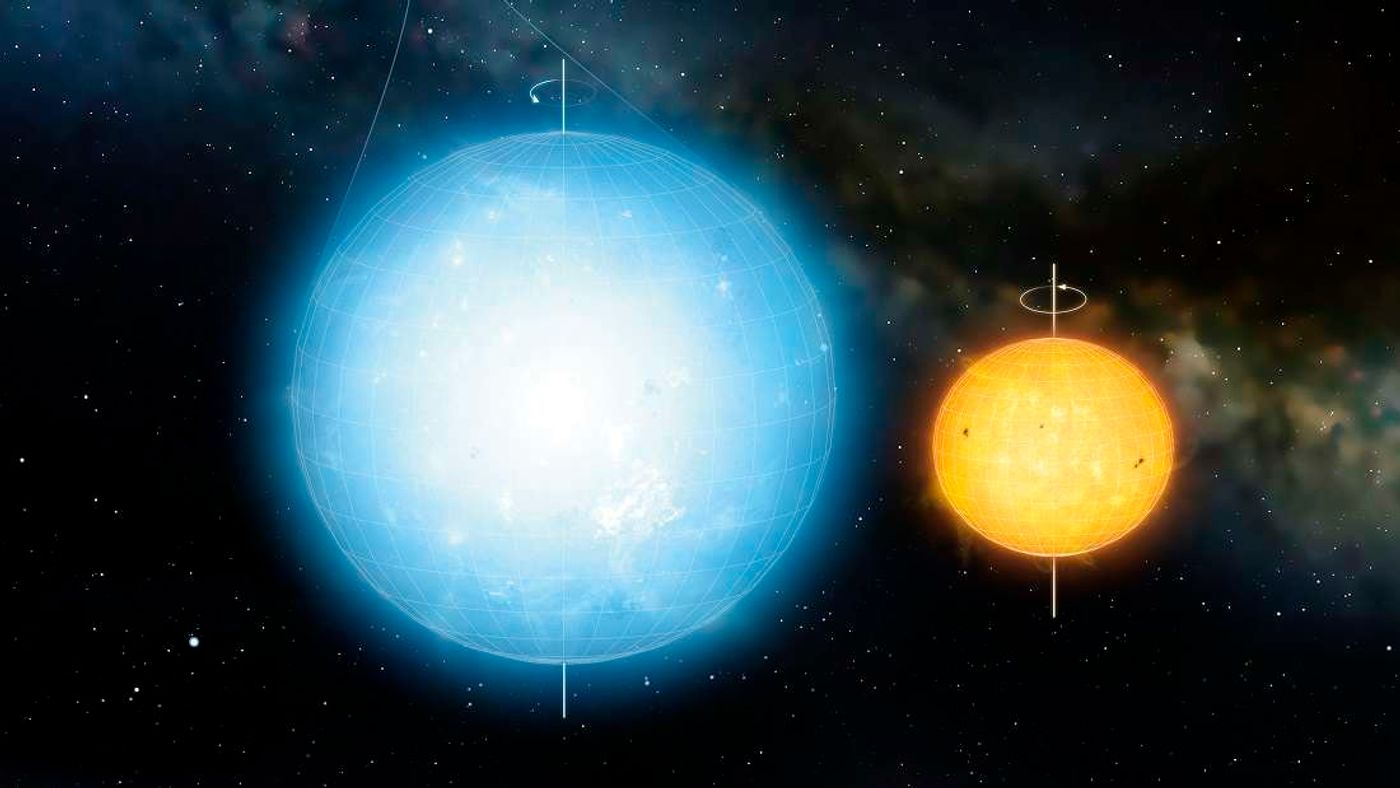Astronomers Find the Roundest Natural Object in the Universe to Date
It’s not exactly easy to find perfectly round spatial bodies anywhere in our universe, and that has to do with the fact that most objects are just deformed from their creation and the weathering of collisions and because physics acts on objects that spin.
In the case of stars, they’re not perfectly round. Just about all of them are longer across their equator than they are from pole to pole; in the case of our Sun, the star is about 6 miles longer across the equator than it is from pole to pole.

Image Credit: Mark A. Garlick
Why does this oblateness happen? It turns out that centrifugal force is caused by the object rotating in free space. This causes the object to sling matter away from the center as the object orbits. In addition, the star’s magnetic field also plays a role in its shape.
With that being the case, you’re automatically forced into thinking every star in the universe has different centrifugal force properties due to the fact that they all spin at different rates, and so these different stars would have to have different aspect ratios. And you’d be right.
Astronomers led by Laurent Gizon from Germany’s Max Planck Institute for Solar System research have used a technique called asteroseismology to determine that a star some 5,000 light years away is the roundest star found in the universe yet.
The findings have been published in the journal Science Advances.
What makes this star, KIC 11145123, so special is that it’s as close to perfectly round as astronomers have ever seen. This is made possible by its uniquely slow rotation rate of about 100 days, which is approximately three times slower than that of our Sun.
In terms of its oblateness, KIC 11145123 is just 4 miles wider across its equator than its poles, which is an unprecedentedly small distance when you’re talking about a star that’s millions of miles across in diameter.
Equipment aboard the Kepler space observatory made this research possible, and astronomers plan to continue using asteroseismology to study additional stars throughout the universe to study their roundness.
It should be interesting to see if we will find more stars in the universe that are rounder than our Sun is, and more importantly, if any of them have a more perfect roundness than KIC 11145123.
Source: Engadget








